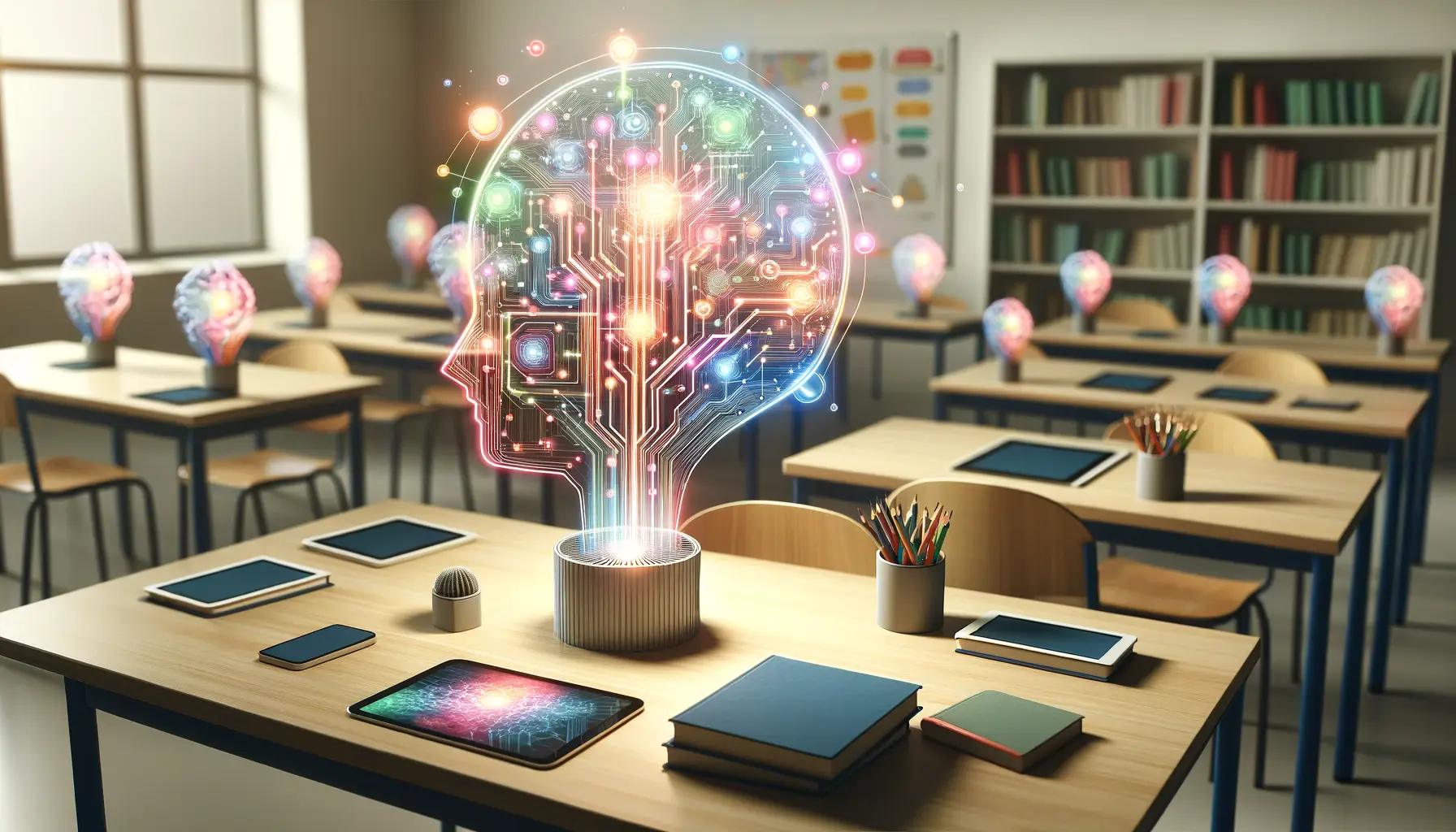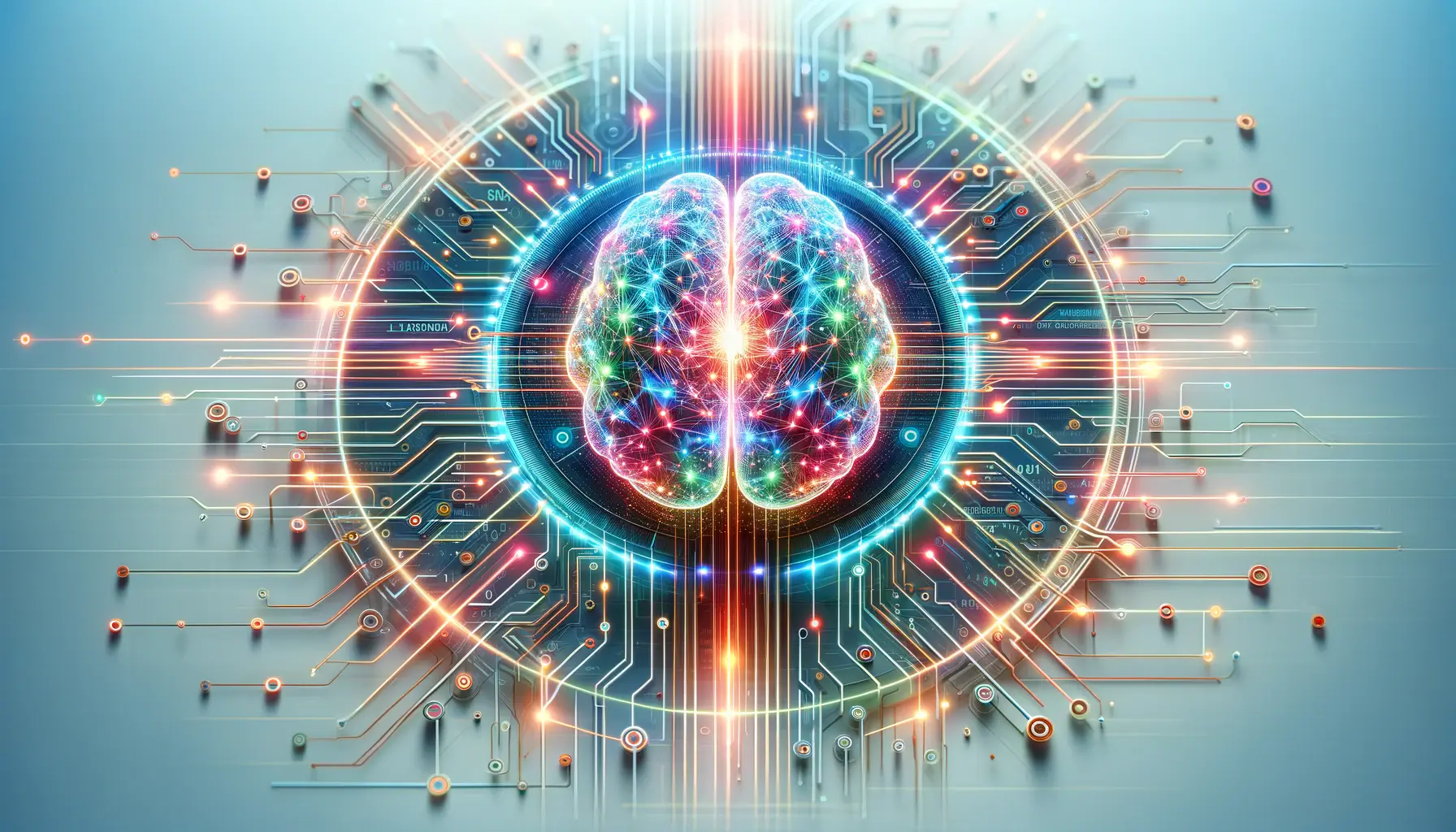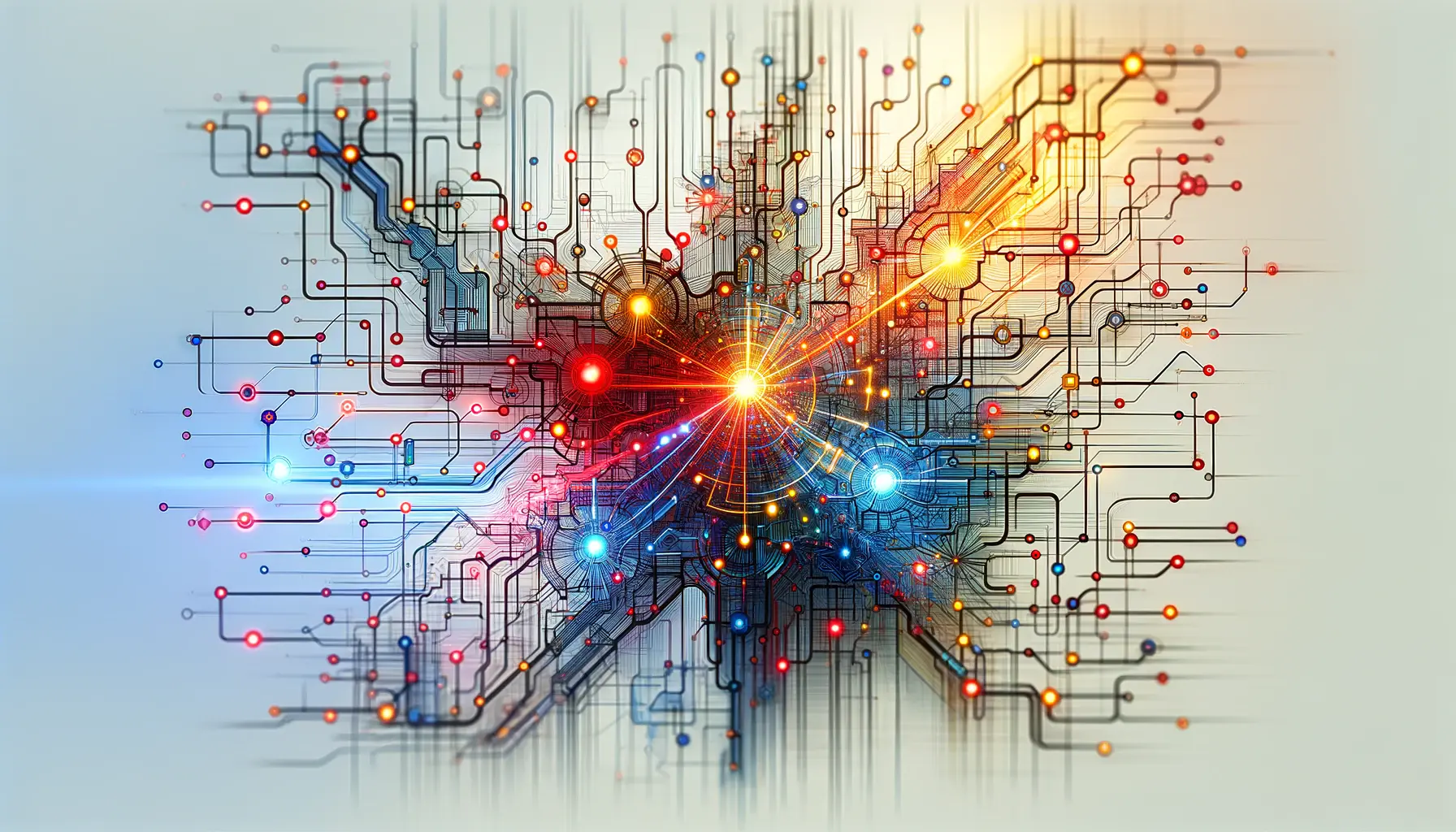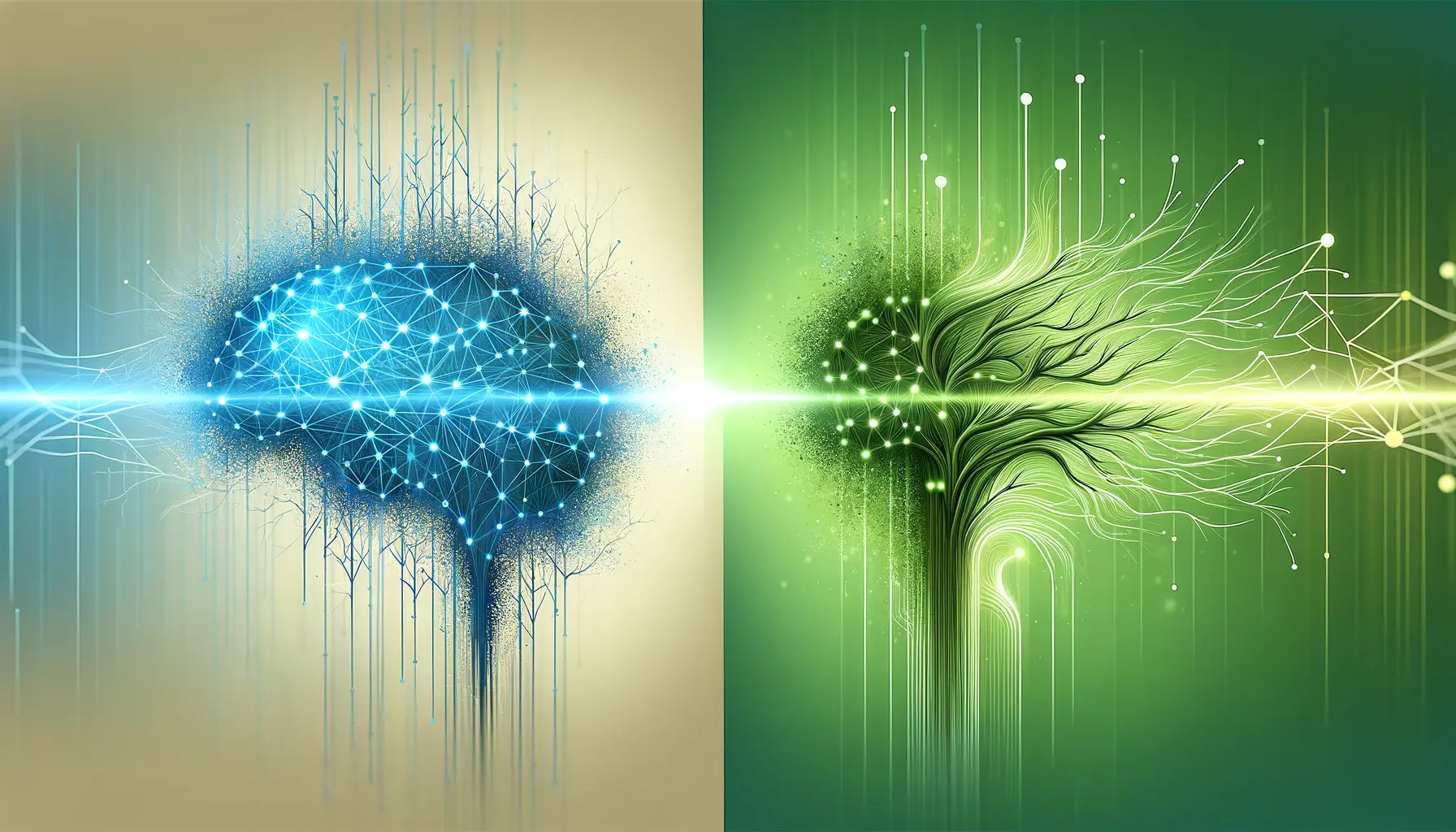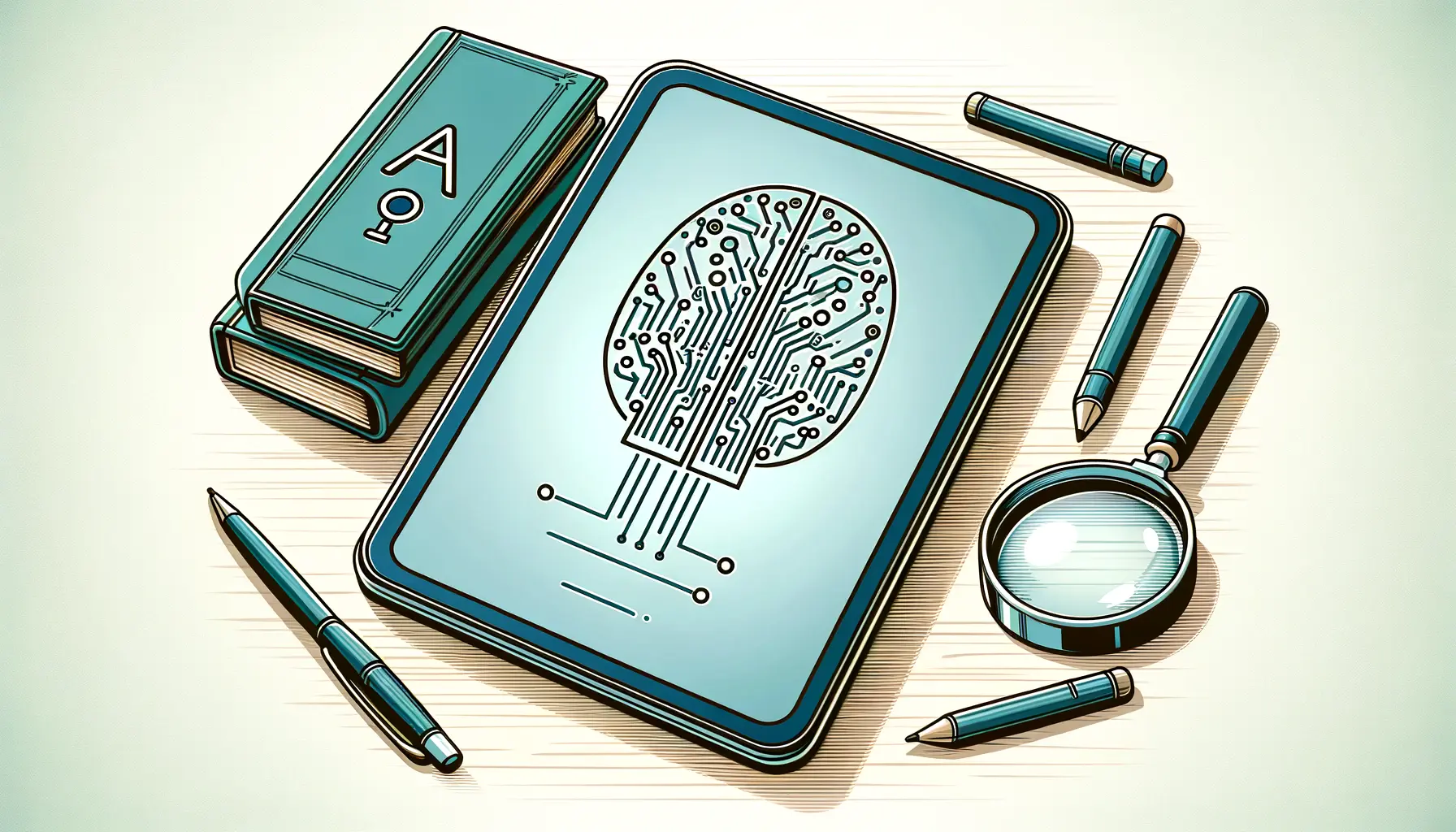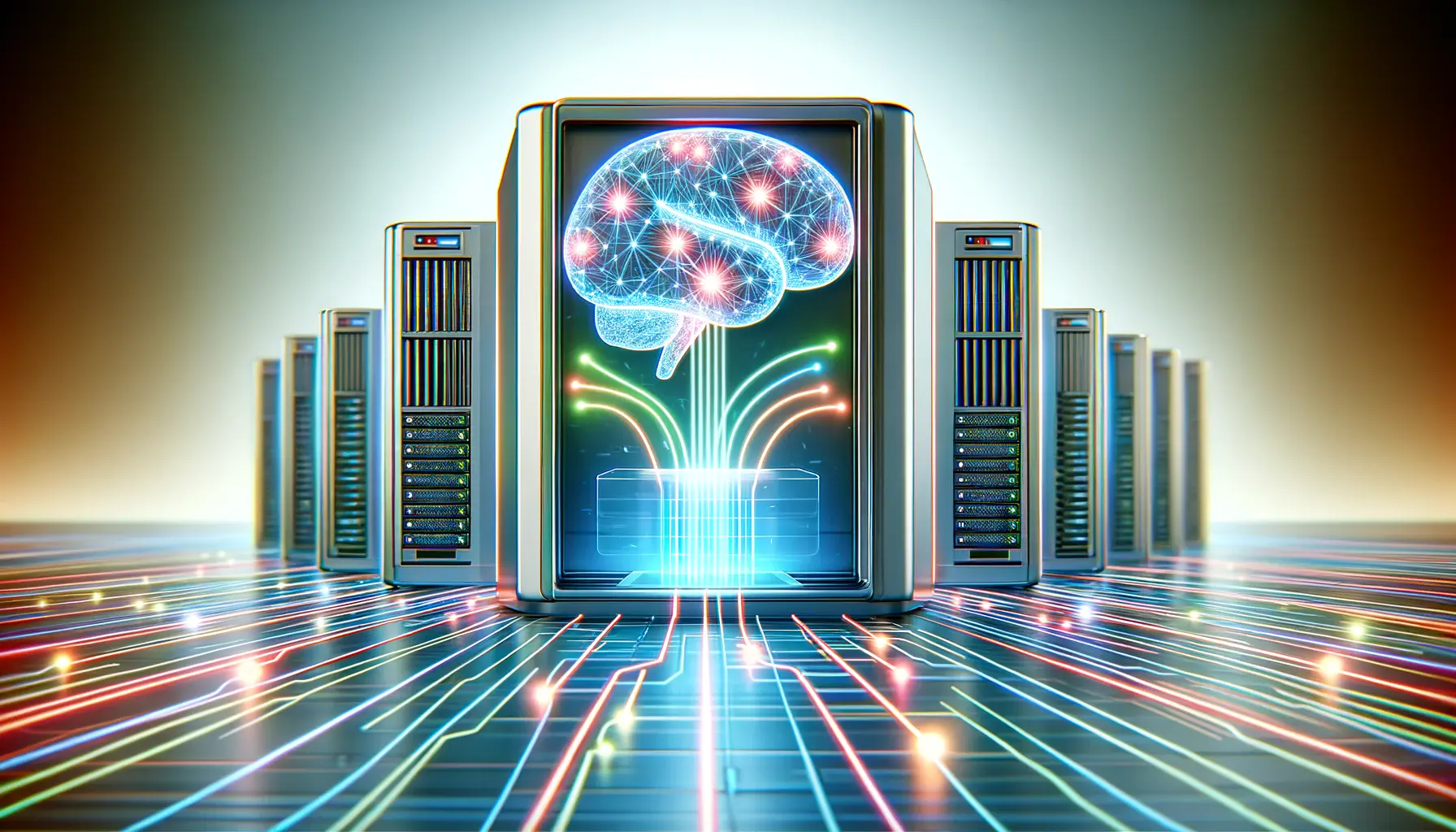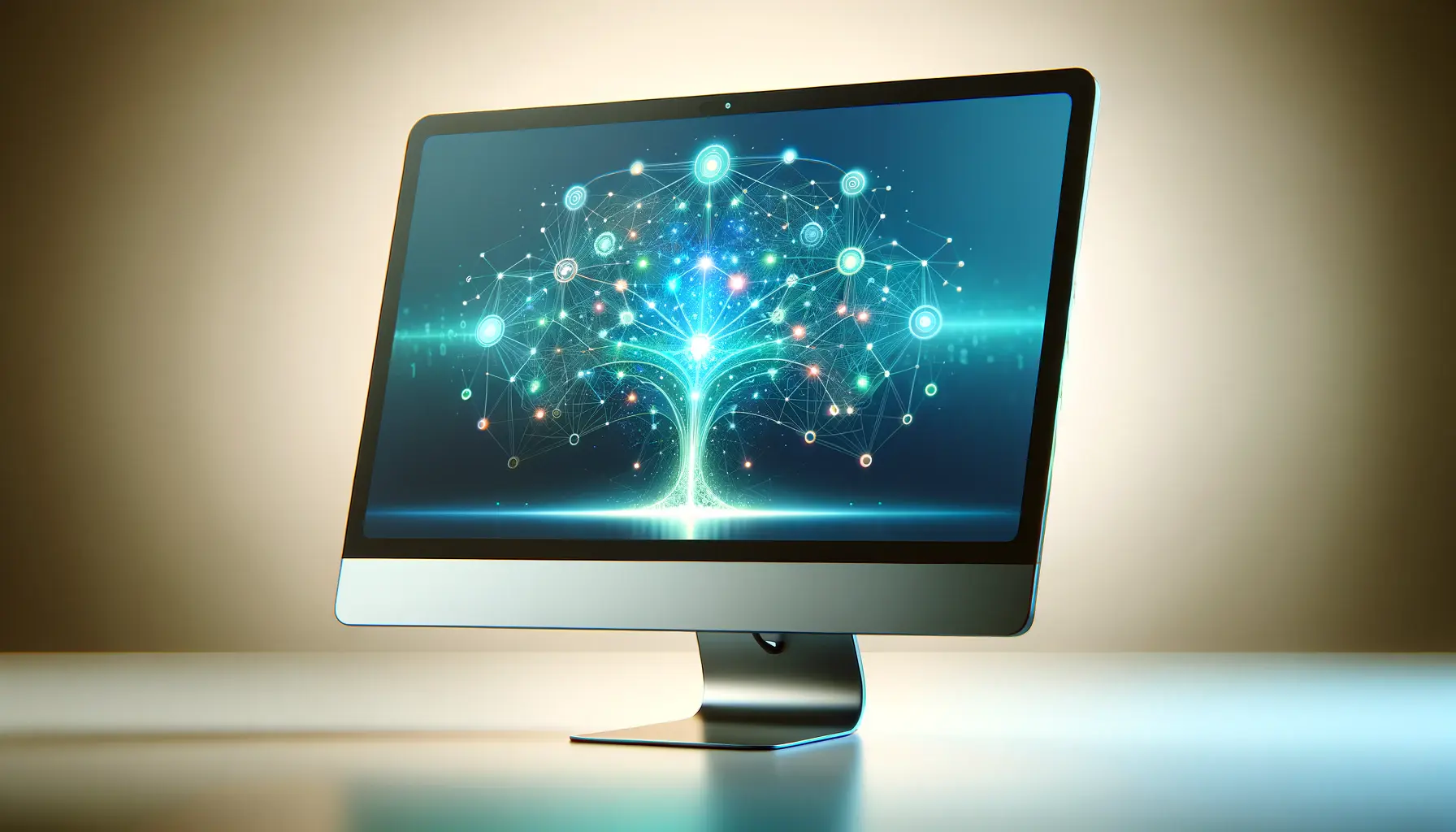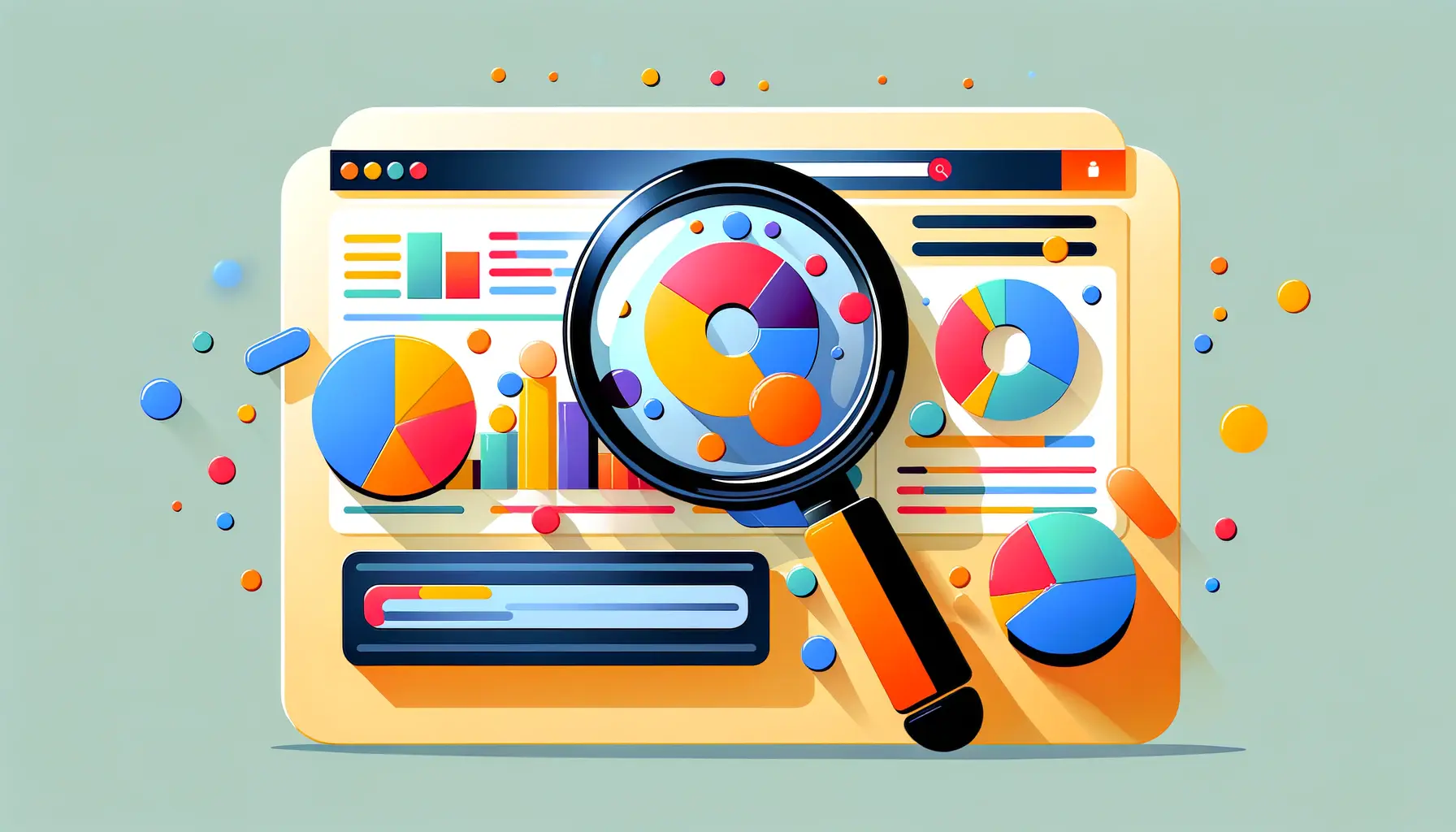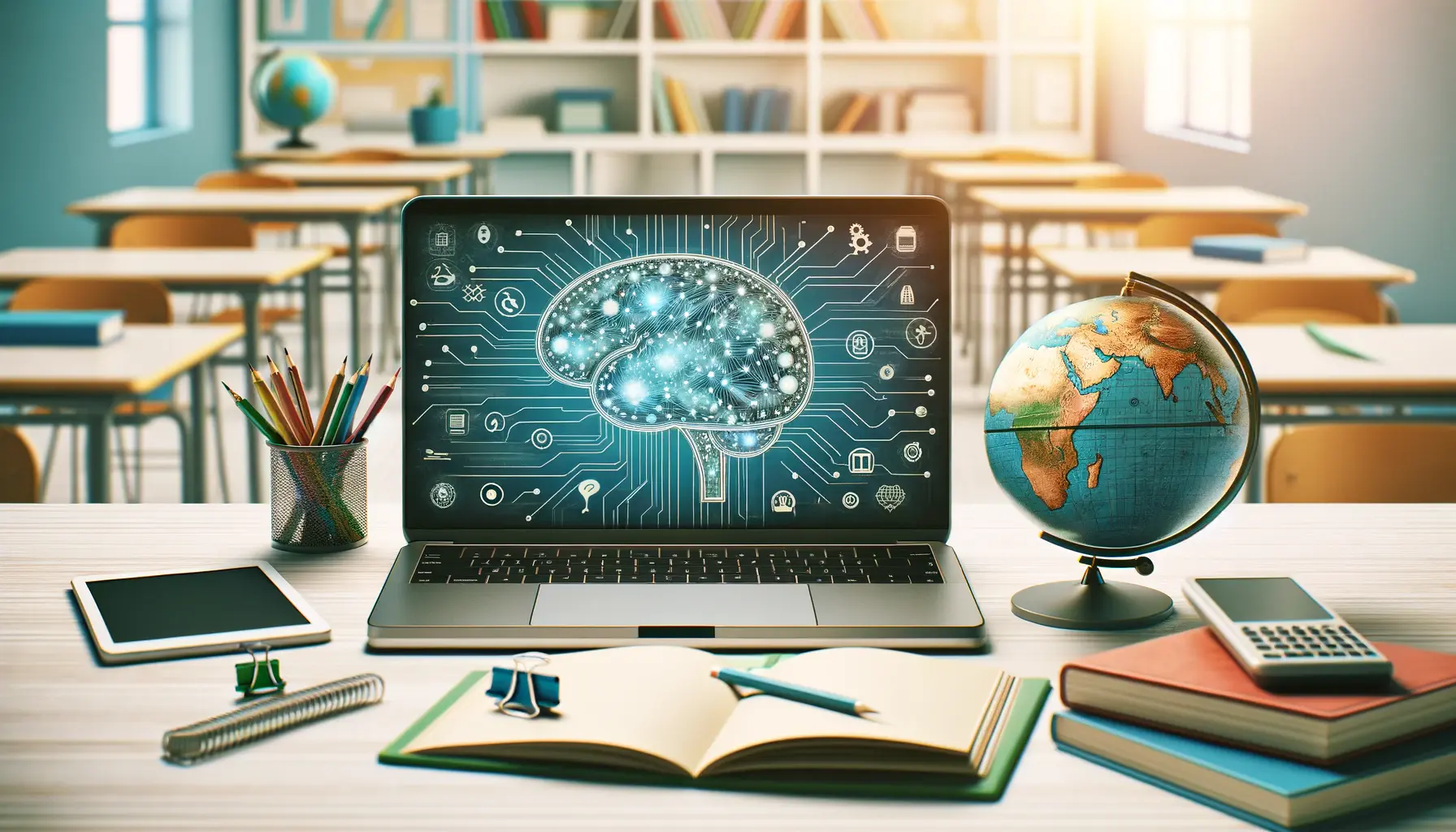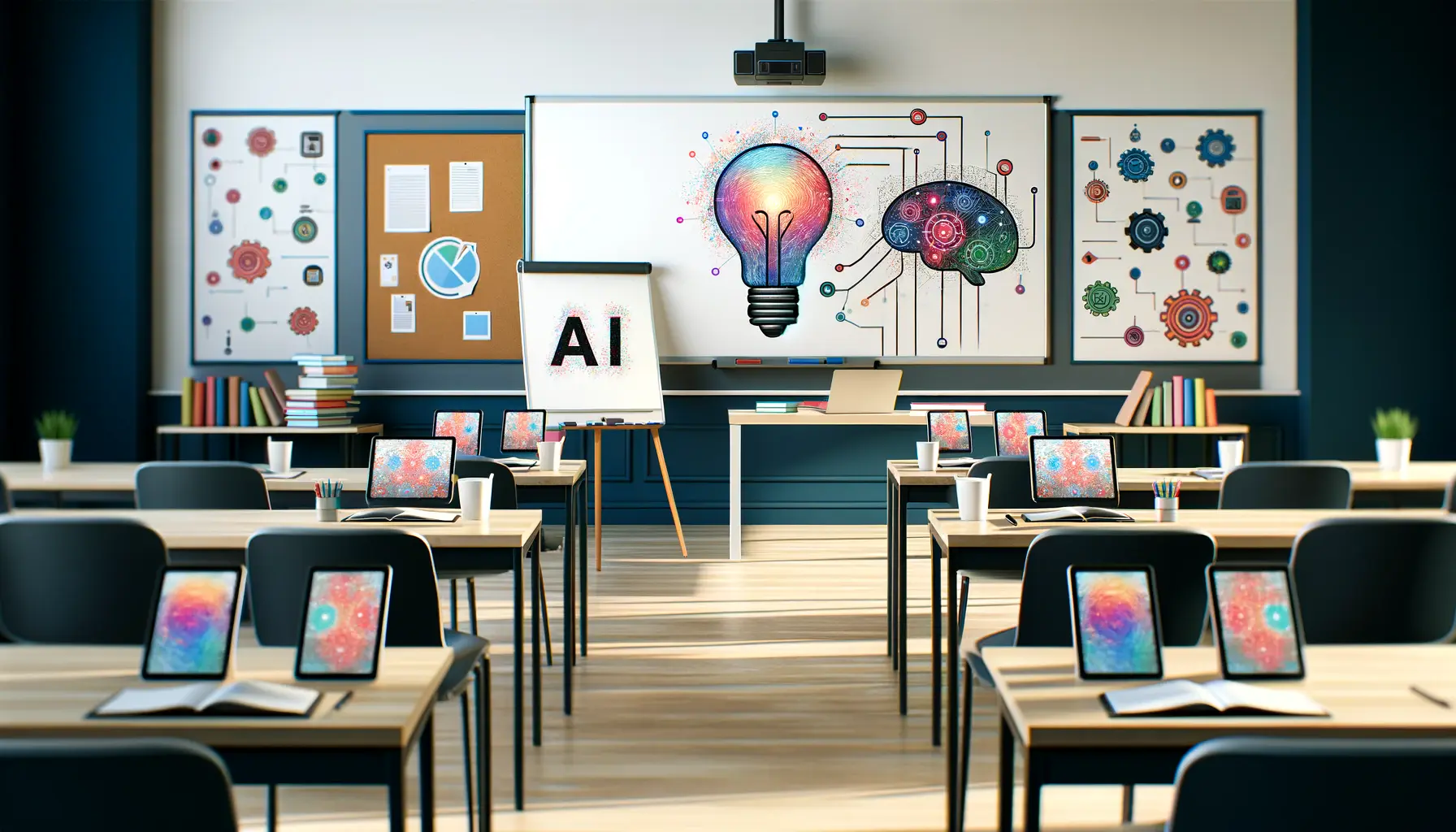The integration of artificial intelligence (AI) into the educational sector marks a transformative era, promising to redefine traditional teaching and learning methodologies.
Among the forefront of this innovation is Grok AI, a tool that is not just enhancing the educational landscape but also setting a new benchmark for personalized learning.
The concept of Grok AI in education transcends the conventional boundaries, offering a glimpse into a future where technology and education merge to foster a more engaging, efficient, and inclusive learning environment.
Education, as a fundamental pillar of society, has always evolved to incorporate new methodologies and technologies aimed at improving learning outcomes.
The advent of Grok AI represents a significant leap forward, embodying the potential to tailor educational experiences to individual learning styles, needs, and pace.
This technology’s application in education is a testament to the growing recognition of the need for adaptive learning platforms that can cater to the diverse spectrum of learners in today’s digital age.
- The Evolution of AI in Education
- Personalized Learning Through Grok AI
- Challenges and Solutions in Implementing Grok AI
- Curriculum Development and Grok AI
- Future of Education with Grok AI
- Empowering Teachers with Grok AI
- Integrating Grok AI Across Disciplines
- Envisioning the Future of Education with Grok AI
- Grok AI in Education: Frequently Asked Questions
The Evolution of AI in Education
From Traditional Methods to AI Integration
The journey from traditional chalk-and-talk teaching methods to the integration of AI tools like Grok AI in classrooms has been both revolutionary and rapid.
Traditional education systems, while effective to a degree, often fell short in addressing individual learning differences, leading to a one-size-fits-all approach that overlooked the unique capabilities and challenges of each student.
The integration of AI into education has begun to shift this narrative, offering more personalized and adaptive learning experiences.
Grok AI, as a pioneering tool in this evolution, leverages machine learning algorithms to analyze students’ learning patterns, preferences, and performance.
This analysis enables the creation of customized learning pathways, making education more accessible and engaging for students with varying abilities and interests.
The shift towards AI-driven education tools represents a significant advancement in educational technology, promising to enhance learning outcomes and student engagement.
Enhancing Teacher-Student Interaction
One of the most significant impacts of Grok AI in education is its ability to enhance the interaction between teachers and students.
By automating administrative tasks and providing insights into students’ learning progress, Grok AI allows teachers to focus more on facilitating learning rather than managing it.
This shift not only improves the efficiency of the educational process but also enriches the teacher-student relationship, making it more focused on individual student needs and learning journeys.
Furthermore, Grok AI’s capabilities in identifying areas where students may struggle or excel help teachers to tailor their instructional strategies more effectively.
This personalized approach ensures that students receive the support they need to overcome challenges and build on their strengths, fostering a more inclusive and supportive learning environment.
Grok AI is revolutionizing the educational landscape by providing personalized learning experiences and enhancing teacher-student interactions, marking a significant leap towards a more inclusive and efficient education system.
Personalized Learning Through Grok AI
The cornerstone of Grok AI’s impact in the educational sector is its ability to facilitate personalized learning at an unprecedented scale.
Personalization in education is not a new concept; however, the advent of AI technologies like Grok AI has taken this idea to a new level, offering a bespoke learning experience to each student based on their unique learning styles, pace, and preferences.
Personalized learning recognizes that students are not monolithic; they have diverse backgrounds, interests, and abilities.
Grok AI harnesses data analytics and machine learning to understand these differences and adapt the learning content accordingly.
This approach not only makes learning more engaging for students but also more effective, as it aligns with their individual learning curves.
Key Components of Personalized Learning with Grok AI
- Adaptive Learning Paths: Grok AI creates dynamic learning paths that adjust in real-time based on the student’s progress, strengths, and areas for improvement. This ensures that each student is challenged appropriately and can learn at their own pace.
- Interactive Content: The platform offers a variety of interactive and multimedia content, making learning more engaging and catering to different learning styles, whether visual, auditory, or kinesthetic.
- Immediate Feedback: Grok AI provides instant feedback on assignments and quizzes, allowing students to understand their mistakes and learn from them immediately, fostering a growth mindset.
- Performance Analytics: Teachers receive detailed analytics on each student’s performance, helping them identify areas where students may need additional support or enrichment.
Impact on Student Engagement and Performance
The personalized learning experiences facilitated by Grok AI have shown a positive impact on student engagement and performance.
By catering to individual learning needs and preferences, students are more likely to find the learning process enjoyable and motivating.
This increased engagement leads to better retention of information and higher academic achievement.
Moreover, the immediate feedback mechanism ensures that learning is a continuous process, with students able to adjust their learning strategies in real-time.
This not only enhances learning outcomes but also empowers students to take ownership of their education, fostering independence and a lifelong love for learning.
Incorporating Grok AI into the educational framework offers a promising avenue for addressing the diverse needs of students, making education more accessible, engaging, and effective for everyone.
Challenges and Solutions in Implementing Grok AI
While the integration of Grok AI into educational systems offers numerous benefits, it also presents several challenges.
These challenges range from technical and infrastructural issues to concerns about data privacy and the digital divide.
However, for every challenge, there are innovative solutions and strategies that can help overcome these obstacles, ensuring the successful implementation of Grok AI in education.
Understanding these challenges and their solutions is crucial for educators, administrators, and policymakers aiming to leverage AI technologies to enhance learning outcomes.
Technical and Infrastructural Challenges
- Access to Technology: Not all educational institutions have the necessary technology infrastructure to support AI tools like Grok AI. This includes hardware, software, and reliable internet access.
- Solution: Governments and educational bodies can invest in upgrading technological infrastructure and provide grants or subsidies to schools that lack the necessary resources.
- Training and Support: Teachers and staff may require training to effectively use and integrate Grok AI into their teaching practices.
- Solution: Implement comprehensive training programs and ongoing support for educators to ensure they are equipped to use Grok AI effectively.
Data Privacy and Security Concerns
- Challenge: The use of AI in education raises concerns about student data privacy and security, particularly regarding how data is collected, stored, and used.
- Solution: Adopting stringent data protection policies and ensuring compliance with relevant data protection regulations can mitigate these concerns. It’s also vital to transparently communicate with students and parents about how their data is being used.
Addressing the Digital Divide
- Challenge: The digital divide refers to the gap between individuals who have access to modern information and communication technology and those who do not. This divide can prevent equitable access to AI-driven educational tools like Grok AI.
- Solution: Initiatives to provide affordable or free access to technology for underprivileged students can help bridge this gap. Additionally, creating offline versions of AI educational tools can ensure that learning doesn’t stop when internet access is unavailable.
Effective implementation of Grok AI in education requires addressing technical, infrastructural, and ethical challenges, ensuring that the benefits of AI-driven learning are accessible to all students.
Curriculum Development and Grok AI
The integration of Grok AI into the educational curriculum represents a significant shift in how curricula are designed, developed, and delivered.
This shift is not just about incorporating new technology into the classroom; it’s about rethinking the very nature of curriculum development to make education more adaptive, personalized, and engaging for students.
Grok AI’s capabilities offer the potential to transform traditional curricula into dynamic learning experiences that can evolve in real-time based on the needs of the student body.
Curriculum development, traditionally a slow and rigid process, can now become a more fluid and responsive practice with the integration of AI technologies like Grok AI.
This section explores how Grok AI is influencing curriculum development and the benefits of this new approach.
Dynamic Curriculum Adaptation
- With Grok AI, curricula can dynamically adapt to the learning progress and needs of students. This means that learning materials and activities can be modified in real-time to better suit the learning pace and style of each student.
- Such dynamic adaptation ensures that all students, regardless of their learning abilities, can engage with the curriculum at a level that is appropriate and challenging for them.
Enhanced Engagement and Interactivity
- Grok AI can introduce a higher level of interactivity into the curriculum through gamified learning experiences, interactive simulations, and real-world problem-solving activities.
- This not only makes learning more enjoyable for students but also helps in retaining their attention and improving their understanding of complex concepts.
Continuous Feedback and Assessment
- One of the key benefits of integrating Grok AI into curriculum development is the ability to provide continuous feedback and assessment to students.
- This real-time feedback helps students identify areas where they need improvement and allows teachers to tailor their instruction to address these needs promptly.
The integration of Grok AI into curriculum development is paving the way for a more adaptive, personalized, and engaging educational experience.
By leveraging AI to create dynamic curricula, educators can ensure that learning is always aligned with the needs and abilities of their students, making education more effective and inclusive.
Grok AI is revolutionizing curriculum development by enabling dynamic adaptation, enhancing engagement and interactivity, and providing continuous feedback and assessment.
Future of Education with Grok AI
The future of education, with the integration of tools like Grok AI, is poised for a paradigm shift towards more personalized, efficient, and inclusive learning environments.
The potential of AI in education extends beyond the classroom, promising to redefine how educational content is created, delivered, and experienced by learners around the globe.
As we look towards this future, several key trends and developments suggest the direction in which education, powered by AI, is headed.
Embracing Grok AI and similar technologies means stepping into a future where education is not just about imparting knowledge but about fostering a deep, personalized learning journey for each student.
This section explores the potential future scenarios and the impact of Grok AI on the educational landscape.
Blended Learning Environments
- The future of education with Grok AI envisages a seamless integration of online and offline learning experiences, creating blended learning environments that cater to the diverse needs of students.
- These environments will leverage AI to provide personalized learning paths, while still offering the benefits of traditional classroom interactions, thereby enhancing the learning experience.
Global Learning Communities
- Grok AI has the potential to connect students from different parts of the world, creating global learning communities that share resources, ideas, and experiences.
- This interconnectedness will foster a richer educational experience, promoting cultural exchange and global awareness among students.
Lifelong Learning and Career Development
- With the adaptability and personalization offered by Grok AI, education will increasingly focus on lifelong learning and career development, preparing students not just for their first job but for a dynamic and evolving career landscape.
- AI-driven education tools will support learners at all stages of their lives, providing them with the resources and guidance needed to adapt to changing job markets and career paths.
The integration of Grok AI into the educational sector is not just transforming current practices but is also setting the stage for a future where learning is more accessible, engaging, and aligned with the needs of the global economy.
As we move forward, the role of AI in education will continue to grow, shaping a future where every learner has the tools and opportunities to achieve their full potential.
The future of education with Grok AI promises a shift towards blended learning environments, global learning communities, and a focus on lifelong learning and career development, heralding a new era of personalized and inclusive education.
Empowering Teachers with Grok AI
The advent of Grok AI in education is not only revolutionizing the learning experience for students but also significantly empowering teachers.
By automating routine tasks and providing deep insights into student performance, Grok AI enables teachers to focus on what they do best: teaching and mentoring.
This technology is reshaping the role of educators, transforming them from knowledge dispensers to facilitators of personalized learning experiences.
Teachers are finding that Grok AI is a powerful ally in the classroom, enhancing their ability to meet the diverse needs of their students.
This section explores how Grok AI is empowering teachers and the positive impact this is having on the educational ecosystem.
Automating Administrative Tasks
- Grok AI can take over time-consuming administrative tasks such as grading, attendance tracking, and even creating personalized learning materials. This automation frees up teachers’ time, allowing them to dedicate more effort to interactive and creative teaching methods.
- The reduction in administrative burden also helps reduce teacher burnout, a significant issue in the education sector.
Providing Actionable Insights
- Through its advanced analytics, Grok AI offers teachers actionable insights into each student’s learning progress, strengths, and areas that need improvement. This information is invaluable for tailoring instruction to better suit individual learning needs.
- Such insights also enable teachers to identify and intervene with at-risk students early, potentially altering their learning trajectories for the better.
Enhancing Professional Development
- Grok AI is not just a tool for students; it also serves as a resource for teacher professional development. By exposing teachers to the latest in AI and educational technology, Grok AI helps them stay at the forefront of educational innovation.
- Professional development opportunities provided by Grok AI include workshops, webinars, and access to a global community of educators, all aimed at enhancing teaching skills and methodologies.
The empowerment of teachers through Grok AI is a testament to the technology’s potential to enhance the educational landscape.
By reducing the administrative load, providing deep insights into student learning, and offering professional development opportunities, Grok AI is helping teachers become more effective educators and mentors.
Grok AI is not just transforming the student learning experience; it’s also empowering teachers, enabling them to focus more on personalized teaching and less on administrative tasks, thereby enhancing the overall quality of education.
Integrating Grok AI Across Disciplines
The versatility of Grok AI extends beyond general education and into various academic disciplines, showcasing its potential to revolutionize how subjects are taught and learned.
From mathematics and science to humanities and arts, Grok AI’s adaptive learning platforms can be tailored to suit the specific needs and learning objectives of each discipline.
This integration across disciplines emphasizes the tool’s flexibility and its capacity to enhance educational outcomes in diverse educational settings.
By adapting to the unique challenges and opportunities of each discipline, Grok AI not only enriches the learning experience but also encourages interdisciplinary learning, fostering a more holistic educational approach.
STEM Education
- In STEM (Science, Technology, Engineering, and Mathematics), Grok AI facilitates hands-on, problem-based learning, allowing students to engage with complex concepts through simulations and interactive exercises.
- It also provides instant feedback and personalized learning paths, making STEM subjects more accessible and less intimidating for students.
Humanities and Social Sciences
- For humanities and social sciences, Grok AI can analyze texts and historical data, offering students insights and perspectives that enrich their understanding of complex topics.
- It also promotes critical thinking and analytical skills by providing platforms for debate, discussion, and exploration of diverse viewpoints.
Arts and Creative Disciplines
- In the arts, Grok AI supports creativity and innovation by offering tools for digital creation, music composition, and visual arts, integrating technology with artistic expression.
- It also enables personalized feedback on creative projects, helping students refine their skills and artistic visions.
The integration of Grok AI across different academic disciplines demonstrates its potential to transform education by making learning more engaging, personalized, and effective.
Whether in STEM, humanities, or the arts, Grok AI provides educators and students with the tools they need to explore, understand, and innovate within their fields of study.
Grok AI’s adaptability across various academic disciplines showcases its potential to revolutionize education, making learning more engaging, personalized, and effective for students of all interests and backgrounds.
Envisioning the Future of Education with Grok AI
The journey through the transformative potential of Grok AI in education reveals a future where learning is not just a passive transfer of information but a dynamic, interactive, and personalized experience.
As we have explored, Grok AI stands at the vanguard of this educational revolution, offering tools and platforms that cater to the diverse needs of students and educators alike.
The implications of integrating Grok AI across various academic disciplines are profound, promising to reshape the educational landscape in ways that were once unimaginable.
The Path Forward with Grok AI
As we stand on the brink of this new era in education, it is clear that the path forward with Grok AI is paved with opportunities and challenges.
The potential for creating more inclusive, engaging, and effective learning environments is immense, but realizing this potential will require thoughtful implementation, ongoing support for educators, and a commitment to addressing the digital divide.
The future of education with Grok AI is not just about leveraging technology for the sake of innovation but about fundamentally rethinking how we teach and learn in the digital age.
Key Takeaways for Educators and Policymakers
- Personalized Learning: Grok AI’s ability to tailor educational experiences to individual student needs highlights the importance of moving away from a one-size-fits-all approach to education.
- Empowering Teachers: By automating administrative tasks and providing actionable insights into student performance, Grok AI empowers teachers to focus on what they do best—inspiring and guiding students.
- Interdisciplinary Learning: The flexibility of Grok AI across disciplines underscores the value of interdisciplinary learning, encouraging students to make connections between different areas of study and apply their knowledge in innovative ways.
- Addressing Challenges: The successful integration of Grok AI into education systems will require addressing technical, infrastructural, and ethical challenges, ensuring that the benefits of AI-driven learning are accessible to all students.
In conclusion, the integration of Grok AI into education represents a significant leap forward, offering a glimpse into a future where technology and education merge to foster a more engaging, efficient, and inclusive learning environment.
The journey ahead will undoubtedly be complex, but the potential rewards for students, educators, and society as a whole are immense.
As we embrace the possibilities offered by Grok AI, we move closer to realizing an educational paradigm that is adaptive, personalized, and capable of preparing students for the challenges and opportunities of the 21st century.
Grok AI in Education: Frequently Asked Questions
Explore common inquiries about the integration and impact of Grok AI in the educational landscape.
Grok AI is an advanced AI platform designed to personalize and enhance learning experiences, making education more accessible and effective for students.
By analyzing learning patterns and performance, Grok AI tailors educational content to match individual student needs, preferences, and learning speeds.
Yes, Grok AI automates administrative tasks and provides insights into student performance, allowing teachers to focus more on teaching and mentoring.
Absolutely, Grok AI’s adaptive learning platforms are versatile, supporting a wide range of subjects from STEM to humanities and arts.
Challenges include technical infrastructure, training for educators, and ensuring data privacy and security for student information.
Grok AI engages students through interactive content and personalized learning paths, making education more engaging and relevant.
Yes, by providing personalized learning experiences and immediate feedback, Grok AI can significantly improve student learning outcomes.
Efforts are ongoing to make Grok AI accessible to all students, addressing the digital divide and ensuring equitable access to technology.
